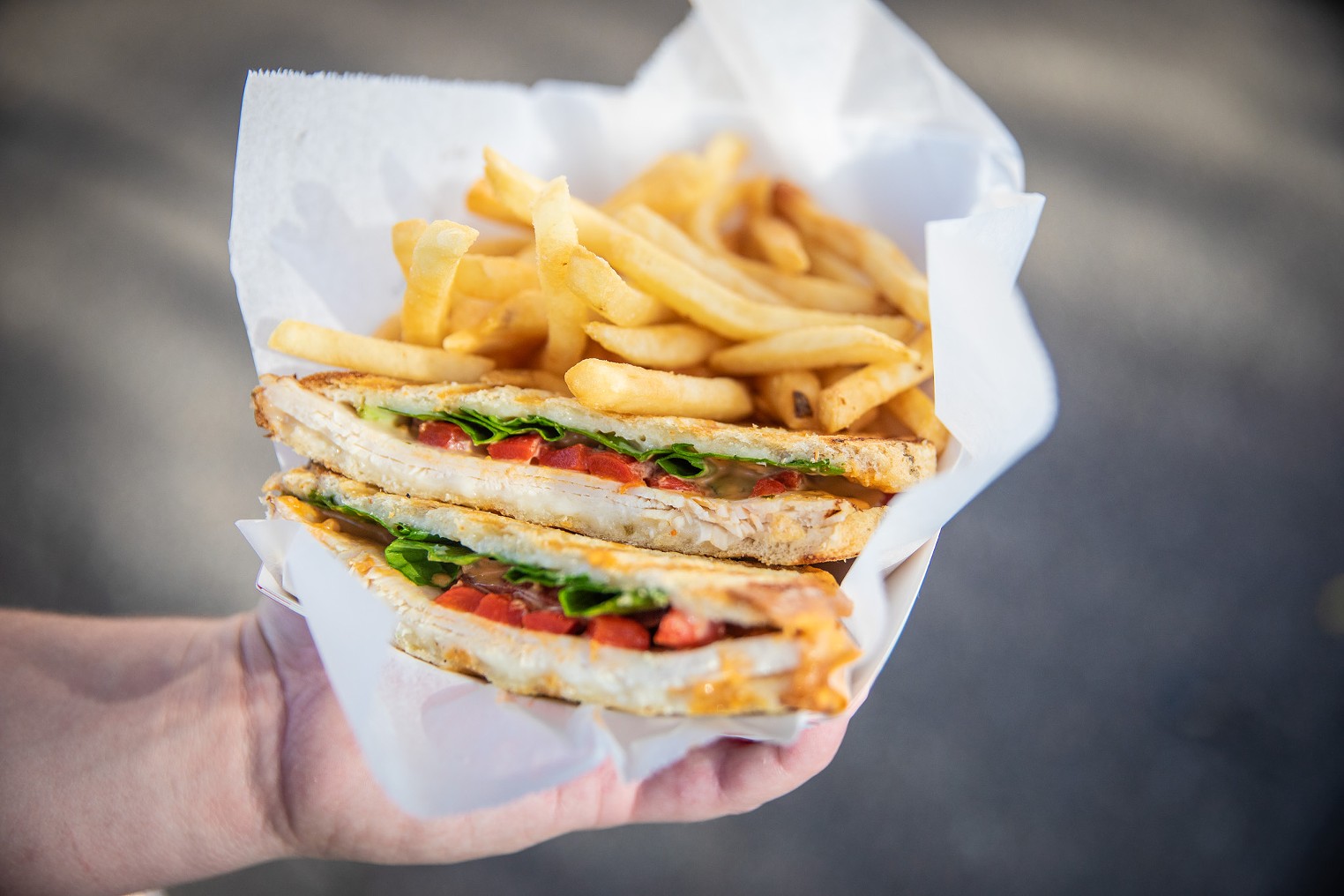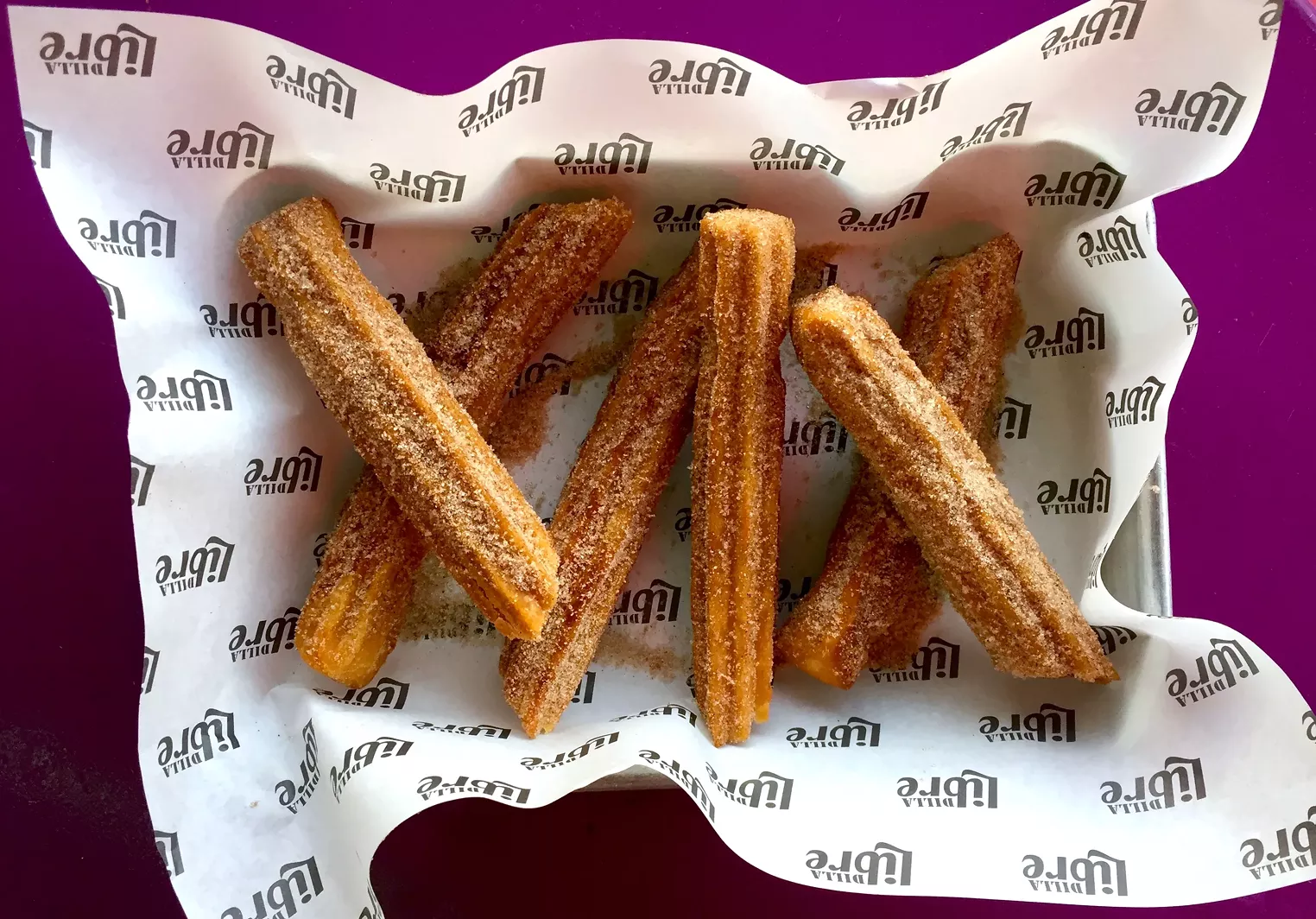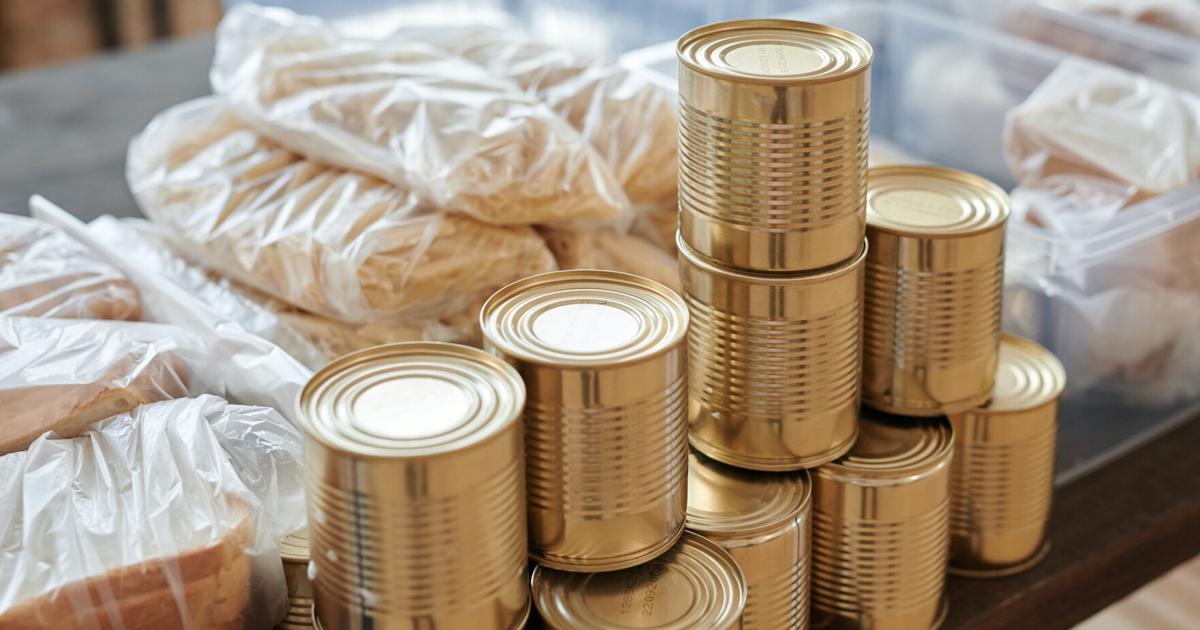Analysis: We now know that people who feed wildlife in places like Phoenix Park have physiological effects on the animals by Laura Griffin, Ellen O Hagan and Deirdre McLaughlin, UCD in recent years. Social media has helped videos and photos of people who feed a wide variety of species in terrestrial, aquatic, and marine habitats go viral on a regular basis. Many people perceive this as a positive way to get a close and meaningful interaction with nature and at the same time give wild animals a little pleasure. Before that, however, we had little knowledge of the effects of these seemingly harmless food interactions on targeted wildlife populations. We know that they can endanger the people involved, with the affected animals often falling if someone injures themselves or if they get too used to people. This on its own should be enough to deter anyone from feeding wildlife, but unfortunately, often this is not the case. “We saw them being fed chocolate, cookies, chips and popcorn.” A UCD student researching the deer at Phoenix Park wants people to understand how harmful it is to feed these wild animals .twitter.com/OgAGbjemJ9 – RTÉ News (@rtenews) July 22, 2021 regarding When it came to the effects of feeding on wildlife, there were concerns about disease transmission, changes in the animals’ natural behavior, increased stress and effects on their health. The general rule of ecologists is that any human influence or “artificial selection” within a wild population is unnatural and must be avoided. But how do we find out if that happens? The story in Phoenix Park Phoenix Park is home to around 600 wild fallow deer. They are tagged with unique ear tags so they can be tracked for life. In recent years, many visitors to the park have started feeding these wild deer, although it has been banned by park authorities. Concerns about what this might mean for the deer only heightened when our research revealed that only a subset of the population accepts this food. This automatically leads you to wonder whether some people are therefore disadvantaged compared to others. With our knowledge of what deer feed, we were able to conduct a number of comparative studies to see the impact of feeding on these wildlife. We need your consent to load this rte-player content. We use rte-player to manage additional content that can set cookies on your device and collect data about your activities. Please review your details and accept to load the content. Manage Settings From the RTÉ Radio 1 News, Laura Griffin speaks about her study examining the interactions between visitors and deer in Phoenix Park Effects on antlers Males only this species have antlers. with the length of the antlers during their mating season being an important characteristic if they are using it for sexual competition. In other words, a stag’s antler length has been shown to be positively correlated with mating success. Research on deer in Phoenix Park has found that males who are fed have smaller antlers than those who are not. It is likely that malnutrition due to this improper nutrition in humans leads to a reduced body condition and thus to smaller antler sizes. These smaller antlers have a negative impact on these individuals as smaller antlers mean these deer are less competitive during their mating season. Feeding the deer also results in year-round competition between the males for this food. This added competition means they are using more energy that would be used to maintain their body condition, which also reduces the size of the antlers. “Smaller antlers have a negative impact on these individuals as smaller antlers mean these deer are less competitive during their mating season.” Photo: Luke Stuart Mills Effects on the Digestive System Some of the physiological effects of feeding are less obvious and require a closer look at the deer’s gastrointestinal tract. Deer are ruminants and their digestive systems are uniquely designed to process large amounts of fibrous plant material. The rumen is a part of the ruminant digestive system that uses beneficial microbes to digest hard plant matter. Useful acids are released and taken up by small finger-like papillae that cover the inside of the rumen. Deer are built to thrive on a natural, grass-rich diet. So what happens to the deer rumen when people add bread, carrots, and chips to the mix? Feeding the deer changes the structure of their rumen; We have found that ingesting deer have more papillae in the rumen than deer that graze naturally. This increased number of papillae warns us of potential strain on the rumen. “Evolution didn’t take into account the amount of fruit, carrots, bread, and candy that were brought into the park.” Photo: Ellen O Hagan The digestion of unnatural food can lead to an accumulation of organic acids and the rumen can become too acidic to function in these conditions, causing the deer to enlarge its papillae to absorb excess acids. Feeding the deer therefore encourages this unnatural rumen condition as the deer have to change their rumen structure in order to cope with this unnecessary stress. It is easy to think that when an animal approaches you to ingest food from you, it must enjoy or benefit from the interaction. However, this is not the case. A deer’s brain has evolved to associate sweetness with nutrition, as the fresh, nutritious shoots are sweet in spring. But evolution did not take into account the amount of fruits, carrots, bread, and candy that were brought into the park. Obviously these interactions are having a negative impact on the resident deer population and we should get the word out to deter people from feeding them. If we love wildlife enough to get that close, surely does that mean we love them enough to maintain this long-distance relationship for the sake of their health and well-being? Laura Griffin is a PhD student at the Laboratory of Wildlife Ecology and Behavior at UCD. She is currently working on a project that is investigating the effects of unregulated visitor feeding interactions on wild fallow deer in Phoenix Park, Dublin, funded by the OPW. Ellen O Hagan is a research master’s student at the UCD Wildlife Ecology and Behavior Laboratory, whose work focuses on the effects of artificial feeding on the body condition of male fallow deer. Deirdre McLaughlin holds a BSc Hons degree in Zoology from UCD. Her final project at the Laboratory of Wildlife Ecology and Behavior examined the physiological effects of the interaction between humans and deer on the gastrointestinal tract of game in Phoenix Park, Dublin. The views expressed here are those of the author and do not reflect those of RTÉ. again
[ad_2]









